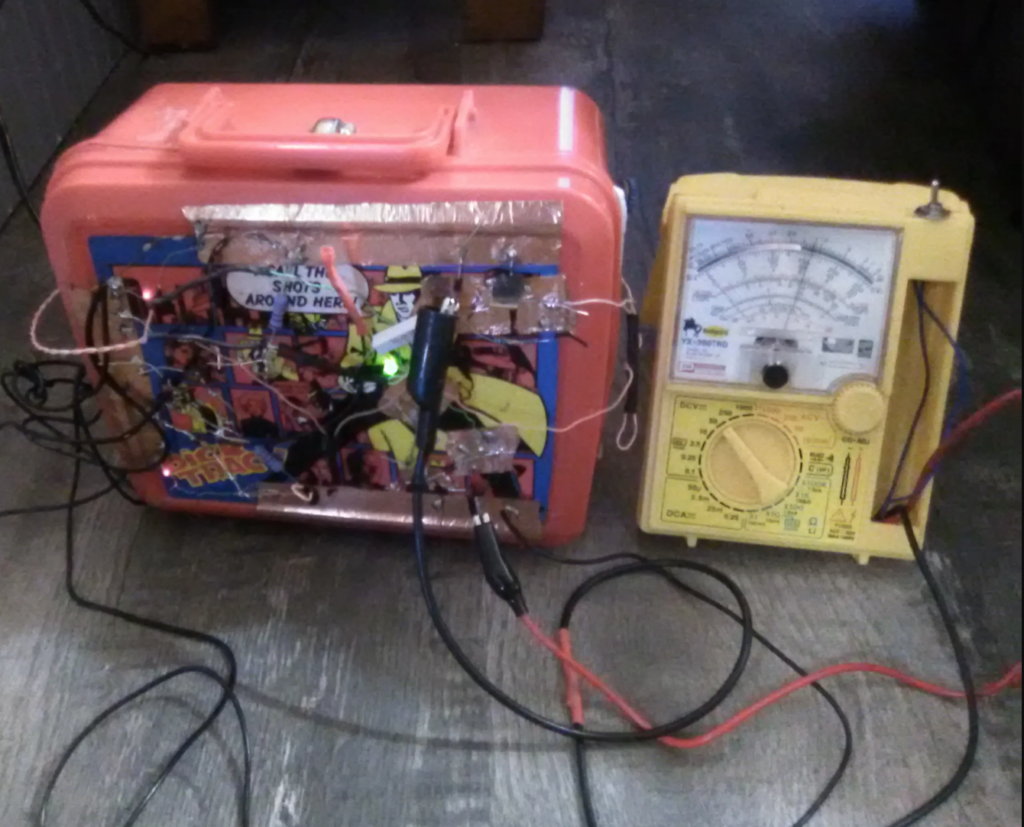Although yet to become a commonplace scenario, we have been seeing and hearing about 5G quite often nowadays. For the most part, IoT devices and wearables are still in the realm of 4G LTE, while the rest of the industry has surged ahead. Now, Qualcomm is set to change that with the introduction of its Snapdragon X35 modem. With their new modem, Qualcomm aims to provide 5G support to these small devices. They are calling this technology 5G NR-Light, because of its reduced capability. According to the manufacturers, X35 modems will have a maximum downlink speed of around 220 Mbps and an uplink speed of around 100 Mbps.
Qualcomm claims their Snapdragon X35 will bring several breakthroughs in the world of 5G. Not only is the design of the world’s first 5G NR-Light modem cost-effective, but its streamlined form factor also leads to power efficiency. In addition, the company has designed the modem with optimized thermal performance. The company expects the Snapdragon X35 to power the next generation of intelligent connected edge devices while empowering an entire range of users. The company is eagerly waiting to work with industry leaders in unified 5G platforms and unleash the possibilities.
Although featuring a tiny form factor, NR-Light is mighty in performance. It features all the good aspects of 5G, starting from spectral efficiency and the ability to access new sub-6 GHz bands. High-end wearable devices, while incorporating the Snapdragon X35 modem, can communicate at the high speeds that 5G offers. In the industrial context, many IoT devices will be able to incorporate the X35 modem to improve their performance. The company is aiming its new modem at devices like Chromebooks, router products, low-end PCs, and many more. Another good feature is the new modem does not need an additional Qualcomm SoC to make it function.
To make it compatible with existing devices, Qualcomm has designed the Snapdragon X35 to support 4G LTE as well, as a fallback option. Even with such powerful features and working at such high speeds, the new modem consumes the lowest power of all the modems the company has manufactured so far. Although many other OEMs are showing a lot of interest, the first device to use this modem will emerge only in the first half of 2024. According to Qualcomm, the price of the Snapdragon X35 5G NR-Light modem will be around half that of its counterpart, the Snapdragon X55 modem.
Qualcomm has released more interesting features about their new modem. According to them, the Snapdragon X35 modem has the same interfaces as its predecessor LTE modems. This information is of vital importance for existing consumers with older designs. At least in theory, they can integrate the new modem in their designs with ease and avail the capabilities of 5G instantly.
Qualcomm has one more trick up its sleeve. They have announced another new modem, the Snapdragon X32, in addition to the Snapdragon X35 modem. They have designed the X32 modem as a modem-to-antenna solution suitable for use on lower-cost devices that work on NR-Light.



